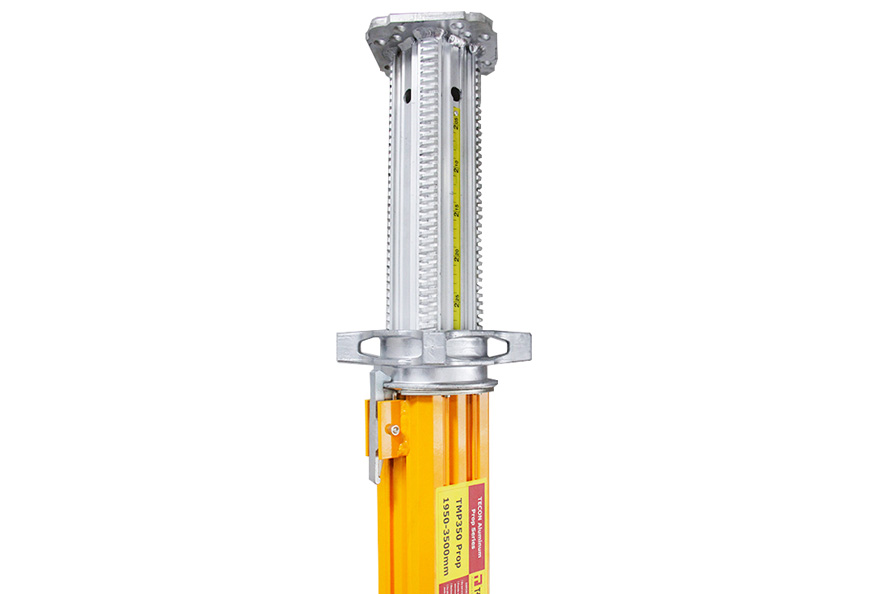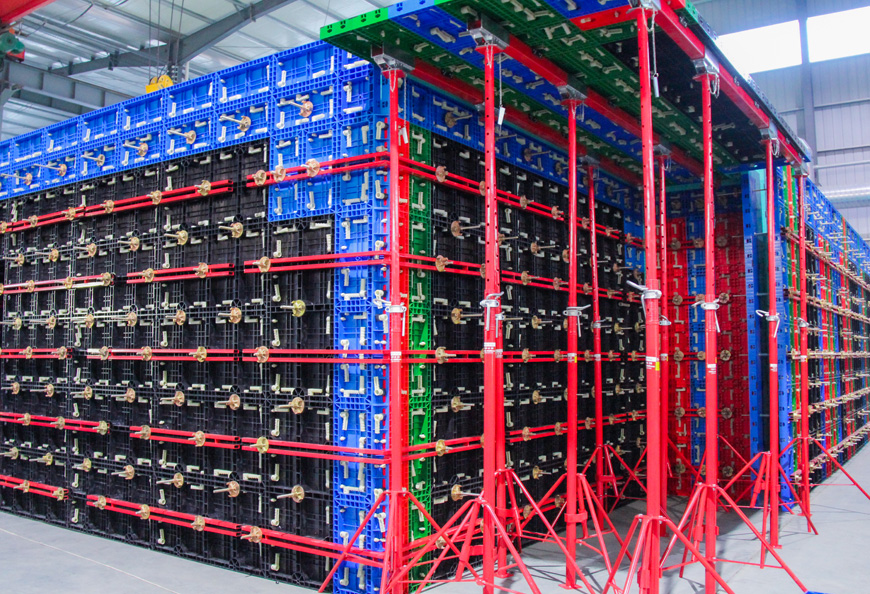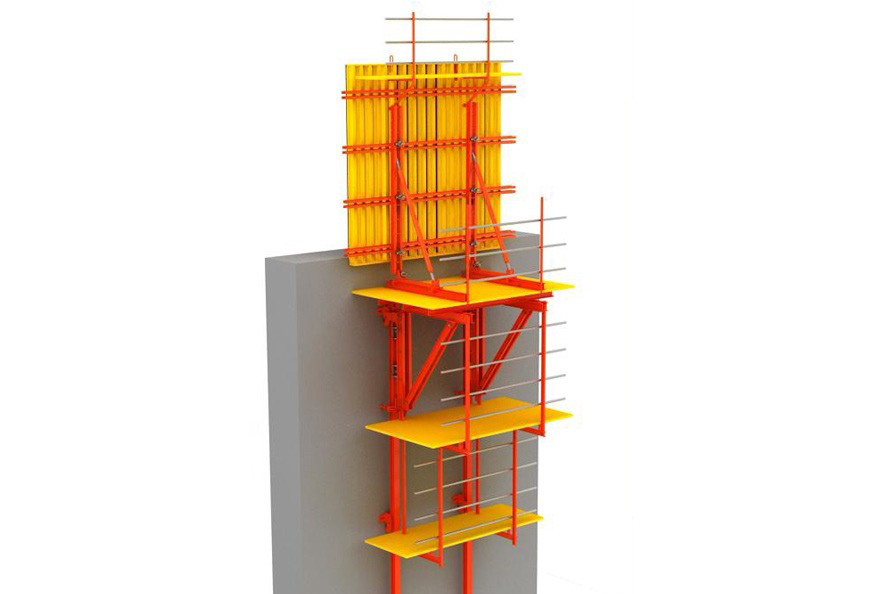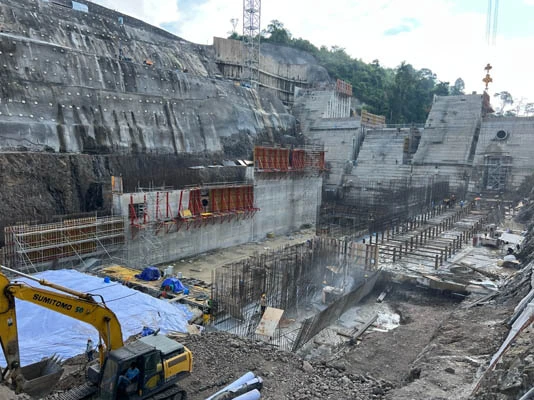Overview of the Infrastructure Construction Report for Western Europe
The market for infrastructure building in Western Europe is projected to reach a valuation of US$ 490.9 billion in 2023, with a compound yearly growth rate (CAGR) of 2.6% anticipated during the forecast period. The government's initiatives to boost economic development through significant public investments help to sustain the boom.
Nevertheless, the surge in energy and material prices in 2021 and 2022 weakened the growth momentum and hindered the start of new projects in the area. Notwithstanding these obstacles, it is anticipated that throughout the course of the projection period, the roughly US$ 790 billion in EU-backed investment under the Recovery and Resilience Facility (RRF) will support infrastructure construction projects.

The building of infrastructure in Western Europe includes a number of industries, such as roads, trains, water and sewage, energy, and power. The category of roads held a dominant position with over 46.1% of the total share in 2022 and is expected to maintain its dominance throughout the projection period.
Roads: The Western Europe region's road network is well-established and connects both major cities and rural areas. It is one of the most developed sectors in the region. With most efforts going into maintaining the current network, the road quality in this region is among the best in the world. Nonetheless, there are several new projects planned, thus the region's road infrastructure construction is probably going to continue growing. For instance, the construction of an underground tunnel roadway, security barriers, bridges, and other related facilities are all part of the Oosterweel Link project in Belgium, which has a total estimated value of more than US$ 4.9 billion.
Electricity and Power: The electricity and power industry is the second largest segment in terms of market share within the Western European infrastructure construction market. The domestic governments of the region are expected to exert significant effort to promote energy-saving programs and increase attention to the generation of clean energies.
Nevertheless, these net-zero efforts were hampered by rising energy costs and a shortage of energy, with few nations choosing to generate electricity using coal. As a temporary remedy, Germany, for example, reopened five coal-fired power facilities in 2022. In spite of this, over the course of the projection period, investment in the power and electricity sector is expected to remain robust.
Water and Sewage: In terms of building production value in 2021, the water and sewage segment has the smallest market share (Real $ billion, 2017). When it comes to access to safely managed sanitation and the consistency of water supply, Western Europe continues to lead the way. It is anticipated that public investment in this field would not waver in the face of persistent economic difficulties.There are now numerous water and sewage projects in the region that need to be upgraded, renovated, rebuilt, and modernized. For example, two treatment plants in France are currently being construction, with a combined project cost exceeding US$ 5.3 billion. In a similar vein, two sewage facilities in Ireland are currently in the design and building phase, with a construction budget exceeding $1 billion USD. Therefore, it is anticipated that the region's ongoing improvements and developments to water and sewer systems will propel the segment's expansion over the projection period.
Others:Ports, inland waterways, airports, and marine are all included in the "others" category. The development projects in Western European countries are expected to be the primary driver of the segment's consistent growth in the airport industry.For example, the expansion of Frankfurt International Airport's terminal III in Germany is currently under implementation and is expected to be finished by the fourth quarter of 2023. It is projected that this expansion will cost more than US$ 3.0 billion in total. Similarly, pre-planning is underway at France's Paris Charles de Gaulle airport in order to build terminal IV. It is anticipated that this project will require approximately US$ 7.9 billion in funding, with construction expected to be finished by Q4 2037.
Overview of the Japan Construction Market Report
Japan's construction market, which was estimated to be worth $532.9 billion in 2022, is predicted to grow at an annual rate of less than 2% between 2024 and 2027. Investments in the manufacturing, telecommunication, and renewable energy sectors as well as the government's goals to achieve carbon neutrality by the end of 2050 and reduce greenhouse gas emissions by 2030 from 2013 levels are driving the industry's growth throughout the forecast period.
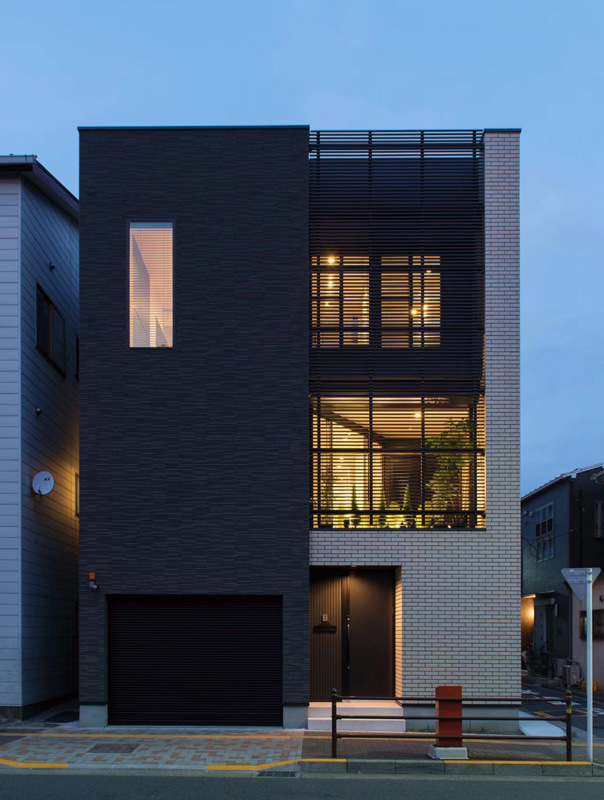
Commercial construction, industrial construction, infrastructure construction, energy and utilities construction, institutional construction, and residential building are the main segments of the Japanese construction market. The construction industry with the largest construction output value in 2022 was the residential sector.
Commercial construction: Government attempts to boost the tourism industry, along with increased investment in data center building, will promote forecast-period development in the output of the commercial construction sector.
Industrial construction: An increase in investment in the construction of manufacturing plants, along with an anticipated rise in investment in the construction of semiconductor manufacturing facilities, will assist the sector's production growth throughout the forecast period.
Infrastructure construction: The government's emphasis on enhancing regional connections and building transportation infrastructure will boost forecast-period growth in the sector's production.
Energy and utilities construction: Investments in the nation's telecommunications and renewable energy sectors will fuel the sector's expansion during the projection period.
Institutional construction: Investments in educational initiatives will bolster the sector's projected growth in output throughout the forecast period.
Residential construction: A recovery in housing demand, together with a gradual increase in the building of new homes and the sales of detached homes, will boost the sector's output growth over the forecast period.
Overview of the Saudi Arabian Construction Market Report
In 2022, the construction market in Saudi Arabia had a valuation of $133.1 billion. In 2024–2027, the market is expected to grow at an annual rate of growth of more than 4%. Under the scope of Saudi Vision 2030, investments and megaprojects would assist the market expansion over the predicted period.

Commercial construction, industrial construction, infrastructure construction, energy and utilities construction, institutional construction, and residential construction are the main segments of the Saudi Arabian construction market.
Commercial construction: This industry's project types include office buildings, retail stores, outdoor recreation centers, leisure and hospitality structures, and other commercial development. Investments in leisure and hospitality, office space, retail markets, data centers, and logistic center development projects will all contribute to the expansion of the commercial sector.
Industrial construction: This field includes waste processing facilities, manufacturing facilities, chemical and pharmaceutical plants, and facilities for the production and processing of metals and other materials. Improvements in the overall economy and investments in the manufacturing and industrial sectors will fuel the sector's growth during the projection period.
Infrastructure construction: This industry comprises the following project types: road, rail, and other infrastructure projects. Public and private sector investments in transportation infrastructure projects will fuel the sector's growth over the projection period.
Energy and utilities construction: Project categories in this field include telecommunications, sewage and water infrastructure, oil and gas, and electricity and power. The government's goal of reaching zero net carbon emissions by 2060 and increasing renewable energy capacity by 2030 will help the sector thrive during the predicted period.
Institutional construction: This industry encompasses research facilities, religious buildings, educational buildings, healthcare buildings, and institutional buildings. Buildings for healthcare and education will receive funding, which will help the institutional construction industry thrive during the forecast period.
Residential construction: This industry consists of both single-family and multi-family dwelling projects. As part of the Saudi Vision 2030 Plan, the government aims to expand homeownership by 2030, and this goal will be bolstered by expenditures in housing project development.
